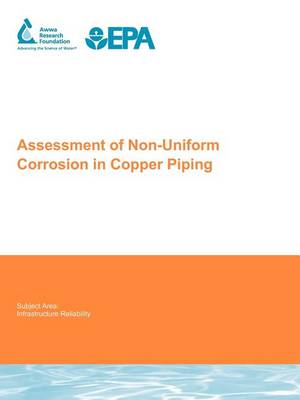Copper pitting that manifests into a pinhole leak greatly shortens the usable lifespan of potable plumbing pipes. The resulting leak can damage housing infrastructure and other valuables or potentially lead to mold growth. Homeowners, in turn, are adversely impacted by pinhole leaks and bear the financial burden associated with premature pipe failure. Unfortunately, factors that cause pinhole leaks and corresponding mitigation strategies are not well understood.
The purpose of this project was to assess the extent and implications of copper pitting and pinhole leaks for residential potable water plumbing systems. Additionally, the project team planned to investigate known and suspected causes of copper pitting and pinhole leaks through case studies at participating communities. Multiple data sources were used to assess the extent of pinhole leaks. National surveys were conducted targeting plumbers, homeowners, businesses, and corrosion experts.
The team also reviewed a database of copper failures spanning 30 years. The mechanistic causes of pinhole leaks were investigated via intensive case studies at participating communities, where hydrological, biological, and aqueous chemical factors were considered. Pinhole leaks have been confirmed nationwide, and about 8.1 percent of homeowners (nationally) have experienced leaks. The total cost of pinhole leaks, including prevention, is $967 million. A number of different mechanisms were identified as the cause of pinhole leaks at participating communities including aggressive water quality, microbiologically-induced pitting, and hydrological factors.
Includes a CD-ROM with Pinhole Leak Case Studies and Surveys
- ISBN10 1843396238
- ISBN13 9781843396239
- Publish Date 15 December 2008
- Publish Status Out of Print
- Out of Print 9 June 2016
- Publish Country GB
- Imprint IWA Publishing
- Format Paperback
- Pages 232
- Language English
